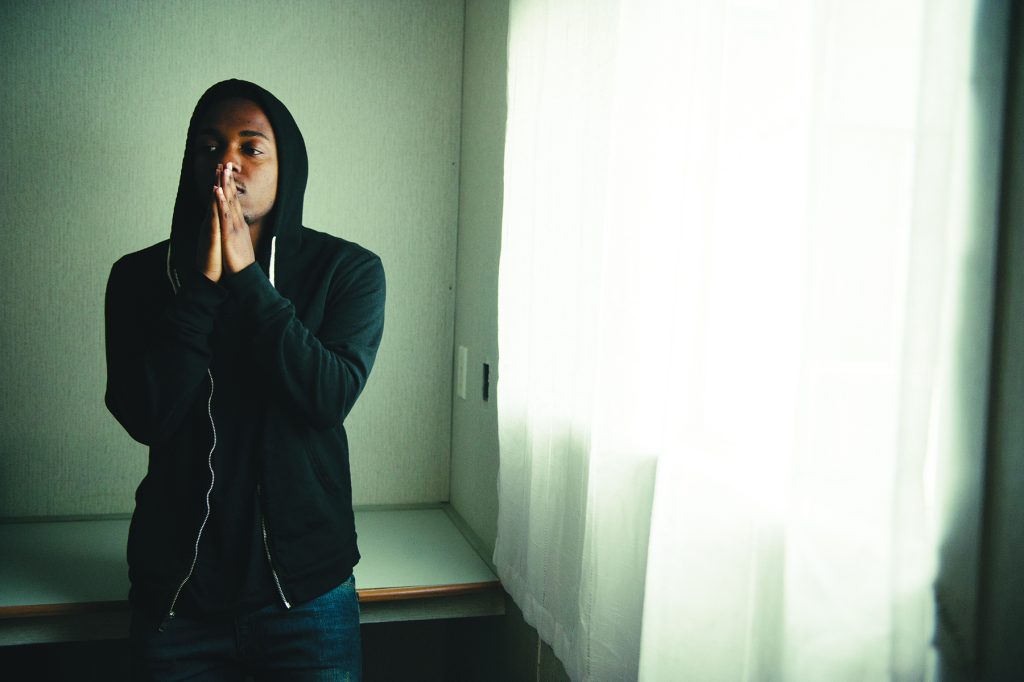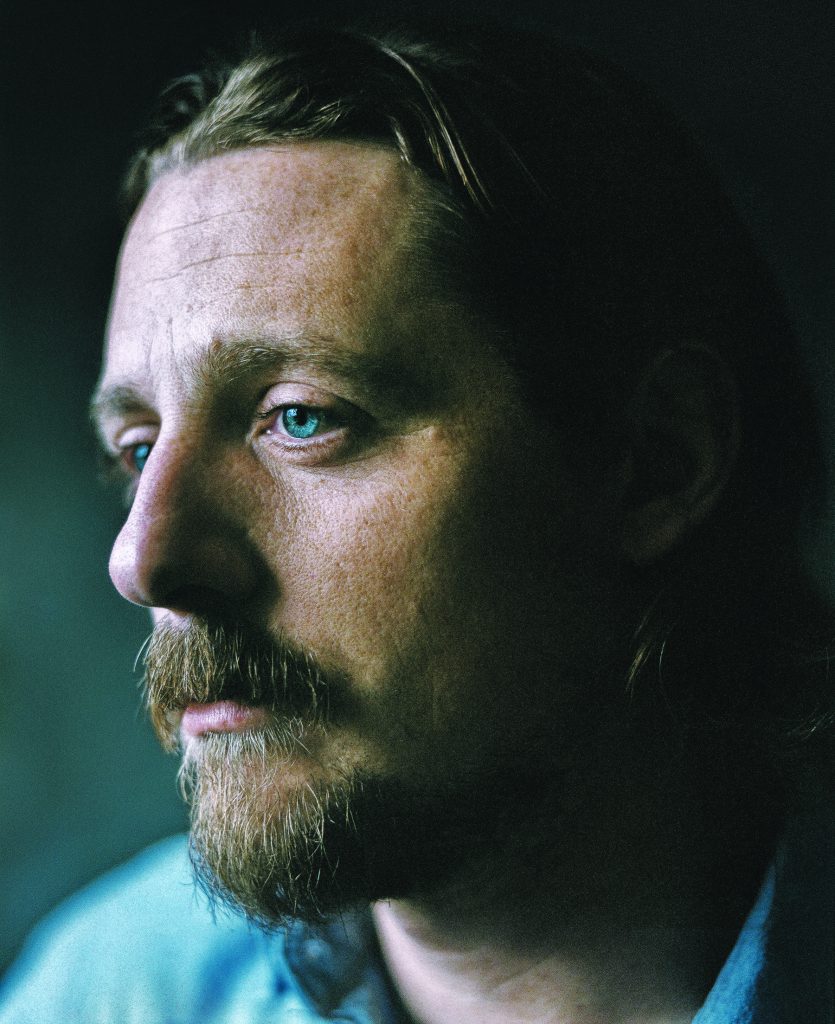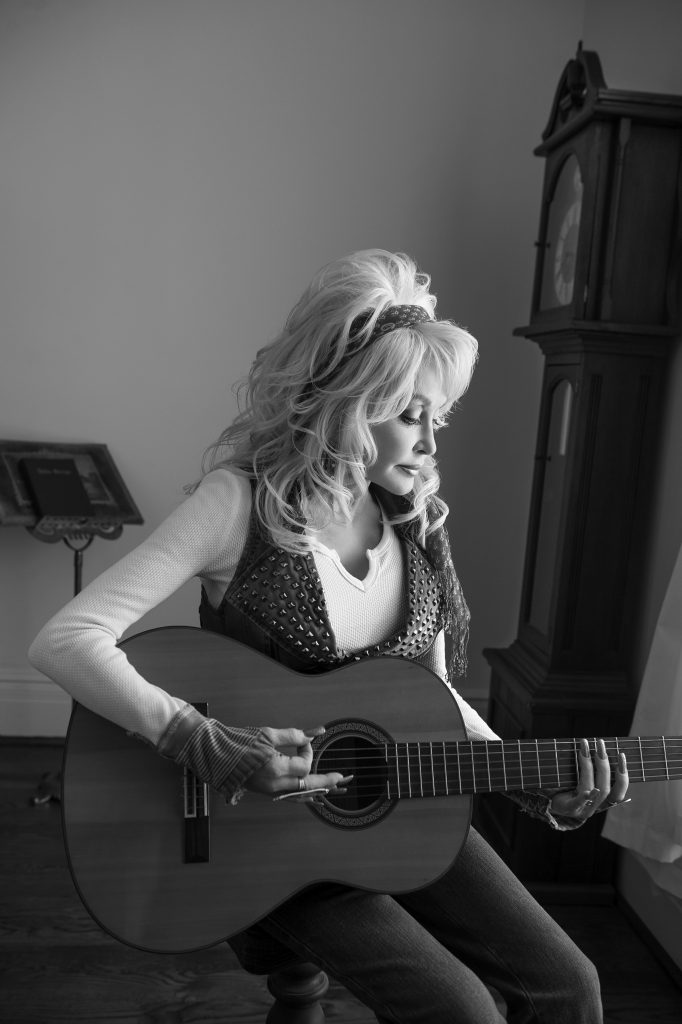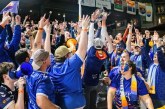
David McClister didn’t intend to become a photographer.
“I was a filmmaker first,” he says. “I kind of fell backwards into photography. … My wife gently nudged me into it.”
That’s surprising to hear considering that McClister has become one of the most renowned photographers of musical greats. His work has appeared in Rolling Stone, Newsweek, Billboard, The Wall Street Journal, Garden & Gun, GQ, The New Yorker and many, many other international publications. He’s been a go-to for record companies looking for album covers and distinctive publicity shots. His new book, “All Together Now: 25 Years of Photographing American Music,” published by The Bitter Southerner, brings together a quarter century of McClister’s photographs.
Raised in Knoxville, McClister went to Bearden High School and had hoped to attend the University of Miami’s film school. Instead, he ended up studying creative writing and art history at the University of Tennessee. While there wasn’t a film program, he says two favorite English teachers, Eddie Francisco and (the recently deceased) Dick Penner, taught him plenty with their insight and enthusiasm.

Full of enthusiasm himself after college, McClister made a movie on video and traveled to Utah for the Sundance Film Festival. He knocked on the hotel room doors of movie company executives and handed each a videotape and a list of movie ideas. He actually got a few callbacks asking for treatments and scripts, but nothing came of any of them.
“I was too young and didn’t have enough life experience to come up with anything worthwhile,” says McClister.
He landed jobs in film production, working on commercials and such, but ended up in Nashville where he landed an interview with the Warner Bros. Records publicity department. He told the then-head of publicity Susan Niles that he didn’t know much about what a publicity department did, but he’d work harder than anyone else she might hire. He got the job.
“Working there, I learned what a record label needs from a photo session,” says McClister.
That experience put him ahead of the game when he actually started getting photo assignments from record companies.
It was also through Niles at Warner that McClister met his future wife: photographer, artist and graphic designer Gina Binkley.
He directed a video for Mandy Barnett that got some play on MTV2 and VH-1, which buoyed his confidence to go out on his own.
“I thought I’d established myself as a director,” says McClister, laughing. “I was wrong!”

It was Binkley who suggested McClister shoot the cover for Ryan Adams first solo album, “Heartbreaker.” McClister had loved Adams’ band Whiskeytown, and the shoot became his first professional gig.
“I had never even been a photo assistant,” he admits.
McClister and Adams worked well together, with Adams coming up with his own ideas and being receptive to McClister’s.
While McClister started to get work on his own, including directing more videos, it wasn’t enough to pay the bills. He became a favorite freelancer for the respected startup Dualtone Records, which was becoming known as one of the premier labels for Americana and classic country artists. One of the people who worked regularly with the label was John Carter Cash, the son of Johnny Cash and June Carter.
John Carter Cash began inviting McClister out to the Cash family cabin just to hang out and casually document friends playing and recording music together. Some of those friends included Kris Kristofferson, George Jones and Billy Joe Shaver. McClister got up the courage to start asking the guests if they’d mind stepping outside and letting him take a few pictures.
“One thing I learned from filmmaking workshops was, ‘Never be afraid to ask,’” he says.
He captured some striking images, and his reputation as a photographer began to grow.

In 2008, McClister got a call from Rolling Stone to shoot Robert Plant and Alison Krauss, who were touring together. The magazine contacted him again to shoot Taylor Swift. The turnaround between calls was so quick that McClister had to borrow a digital camera from a friend because there wasn’t time to process film.
Swift was a surprise, McClister acknowledges. She had researched him before the shoot, asking him details about choices he’d made in lighting and angles and even tracking down a video he’d directed that had aired only in Europe.
“She was unlike any other to this day,” says McClister.
Sometime later, Rolling Stone asked McClister to document the acts performing at Bonnaroo – not performance shots, but backstage portraits.
“I forget exactly what the pitch was, but nobody sane would’ve taken it,” he says of the experience.
The job called for long hours, an almost immediate turnaround to upload the photos to the magazine’s website and the pay was, as he remembers, “about $100 a day.” The gig kept him hopping from one side of the festival to the other.
“It was weird being at a music festival and never even seeing a show,” McClister says.
It was, though, an incredible learning experience.
“It’s like shooting editorial photos,” he says. “You walk in blind and have to think quick. [The artist’s] mood might be different than what you had anticipated, and you had to adapt.”
What McClister learned is apparent in photos featured in “All Together Now.” Consider the shot of Delbert McClinton: It has a candidness other photographers hadn’t captured. His photo of Guy Clark on the steps behind the Ryman Auditorium is another special one.
“There was not any direction, and it was kind of awkward,” says McClister of that shoot. “He just started laughing, and that’s what I was looking for.”
It’s a moment of honesty that less intuitive photographers might have missed.
“You’re trying to capture who they truly are, get them to let their guard down,” says McClister. “That’s the goal.”

To that end, McClister tries to connect with the artists. He initiates conversations about things he’s genuinely interested in. Just the week before the interview for this story, he photographed Dolly Parton, whom he’d shot many times before. At an earlier session, he’d asked her about her first guitar and about what it was like being photographed by Andy Warhol for his series of Poloroid photos. McClister had a camera just like Warhol’s, and Parton allowed him to take some non-assignment shots for himself, autographing the backs of her favorites.
He also became friends with some of his subjects. Loretta Lynn, he says, was a favorite.
Deciding on the shots for “All Together Now” meant looking through old negatives and contact sheets, resurrecting old hard drives and unearthing a lot of memories.
A shot of Don Williams brought back Williams playfully giving McClister a hard time during the shoot. A photo of Chris Cornell taken on the steps of Johnny Cash’s cabin was also special. Cash was one of Cornell’s idols, and it was the first time he’d visited what Cornell felt was hallowed ground.
McClister photographed Johnny Cash only a week after his wife June had died. Cash, who was in a wheelchair, asked only that McClister keep it out of the shot as much as possible.
McClister says he chose photos in the book sometimes to show the evolution of an artist over the years, and sometimes just to keep the viewer engaged.
And there’s something satisfying about having his work presented in an actual physical book.
“I think it’s a dream fulfilled to a point,” says McClister. “My goal was always to have a legacy. It drove what assignments I wanted to take. I figured the money would come. I wanted to have a legacy like Henry Diltz, Jim Marshall or Lynn Goldsmith. I’m not in their league, but I wanted to shoot a body of work that I could be proud of. It’s nice now to look back, but I keep challenging myself to get better and keep experimenting. … There’s so much I still have to learn – and so many new artists yet to work with”
“All Together Now: 25 Years of Photographing American Music” is available at bsgeneralstore.com.
bledsoe@blanknews.com







